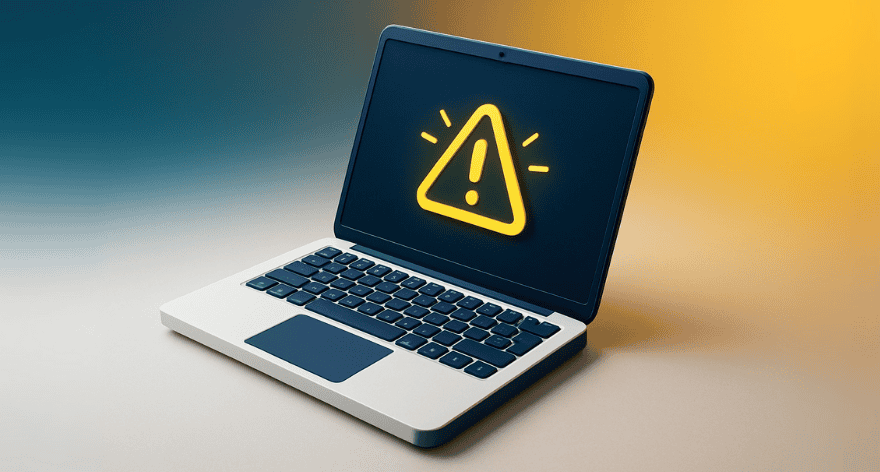The European Central Bank (ECB) has required banks for years to implement an Early Warning System (EWS), a system that detects financial risks with customers at an early stage, allowing banks to intervene in time. This is not only in the bank’s interest, but also in the customer’s.
What’s less well known: companies outside the financial sector also benefit greatly from such a warning system. Especially now, as geopolitical tensions, currency fluctuations, and rising costs directly impact customer payment behavior. Timely insight into risks is becoming increasingly important.

The benefits for banks
For banks, the goal is clear: reduce credit losses by acting sooner. An EWS makes this possible by:
- Acting in time: Signals like declining revenue, deteriorating cash flow, or payment delays become visible at an early stage.
- Lower losses: By acting promptly, the risk of full default is reduced.
- Better customer relationships: A proactive approach to financial problems prevents escalation.
- Regulations and compliance: Banks comply with the ECB’s supervisory requirements and reduce risks of sanctions or additional capital requirements.
Interesting read: Get to know your customer’s financial health before doing business with D&B Finance Analytics.
Why an EWS also works for other companies
Organizations that supply other businesses (B2B) also face risks when customers suddenly become financially unstable. A customer who always paid on time can quickly run into trouble. This affects, among other things:
- DSO (Days Sales Outstanding): Delayed payments lead to reduced liquidity.
- Write-offs on receivables: Invoices that turn out to be uncollectible result in immediate losses.
- Operational planning: Sudden cash flow shortages can disrupt operations.
- Customer relationships: A proactive approach by Sales or Credit Control opens the conversation. This allows for alternative payment arrangements to be made before problems escalate.
By detecting signals in time (such as unusual payment behavior, declining creditworthiness, management changes, or negative news) companies can respond more quickly and effectively. This could mean adjusting payment terms, limiting credit limits, or activating credit insurance. For structural risk management, it's essential to actively monitor (part of) your accounts receivable portfolio through an EWS.
Interesting read: Credit Risks: To take, avoid or insure?
Conclusion: avoid surprises, act on insights
The benefits of a well-designed Early Warning System are clear:
- Better risk management: Fewer surprises, more control.
- Faster decision-making: Real-time insights speed up the process.
- Customer segmentation by risk: Not just revenue, but also credit quality is taken into account.
- Protecting financial health: Lower write-offs, more stable cash flow, a stronger balance sheet.
What is mandatory for banks is simply smart for other companies too, especially in an economy where risks evolve quickly. Yesterday’s reliable payer isn’t automatically a safe customer tomorrow. By detecting issues early, you can steer better and avoid having to fix problems later.
